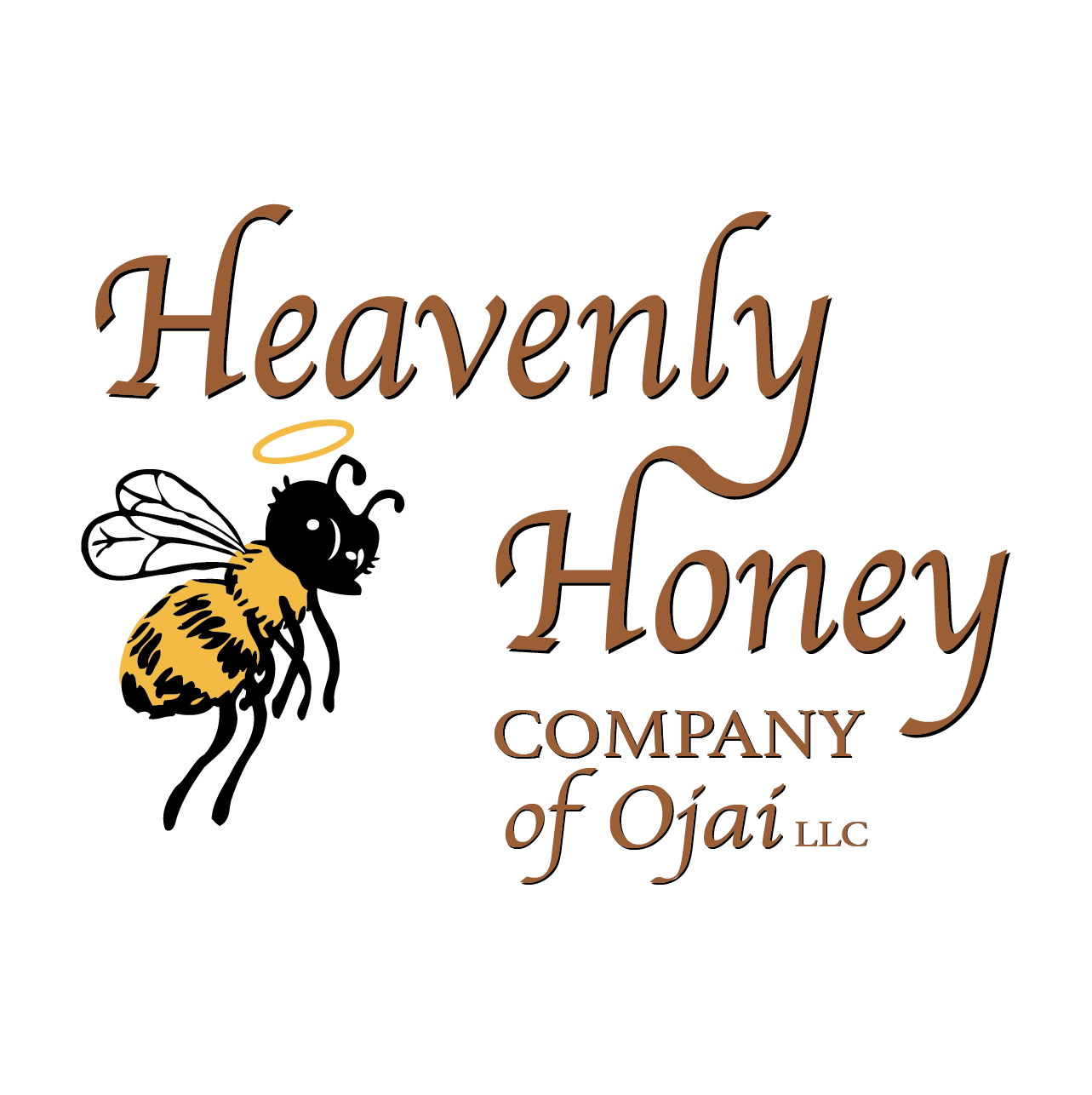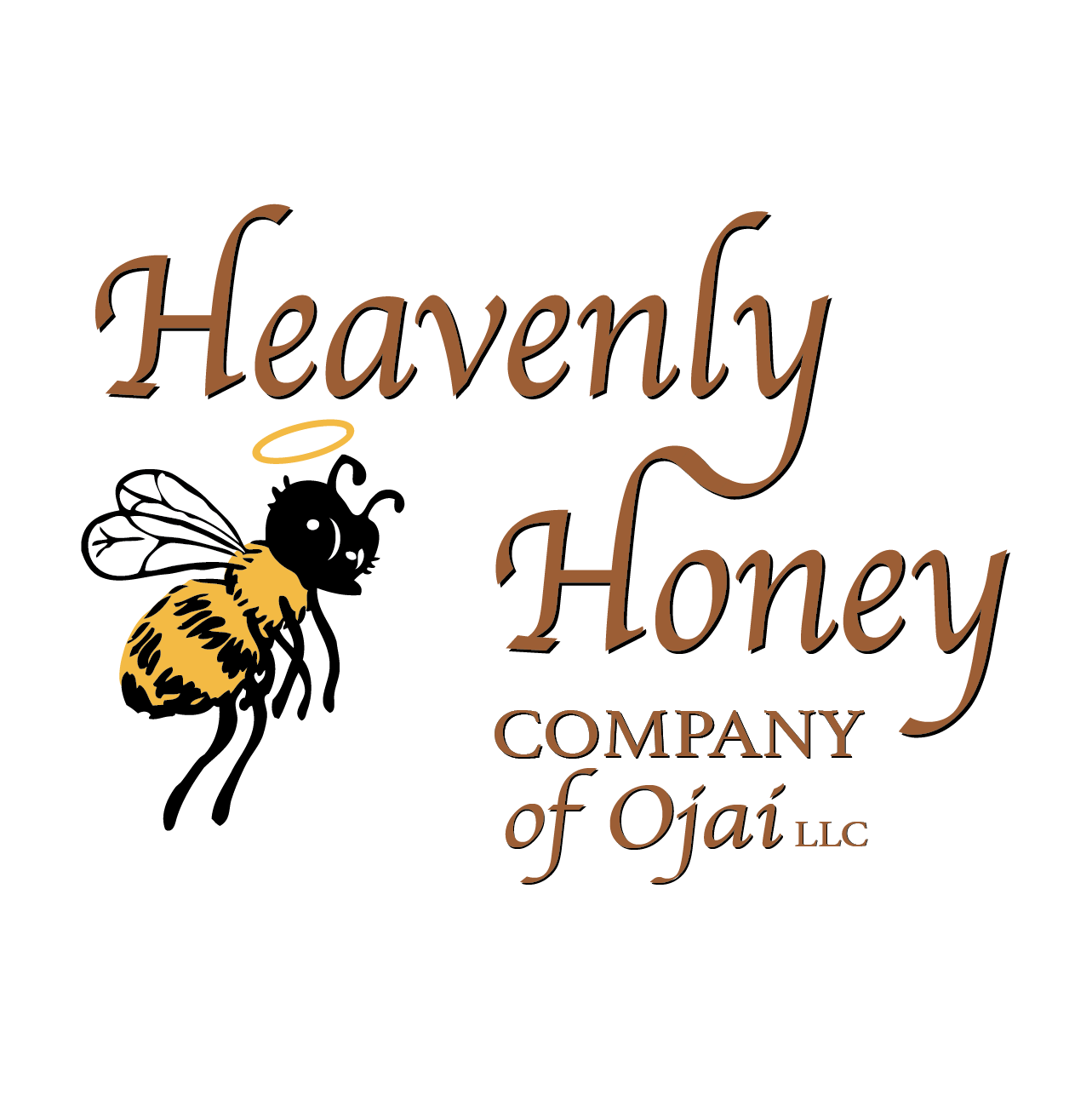
Bees are more than just fascinating creatures with their characteristic buzzing and ceaseless pursuit of nectar. These tiny powerhouses are pivotal to the environment, aiding in the pollination of a significant percentage of our food crops. A garden teeming with pollinators isn’t just a gardener’s delight but a sign of a healthy ecosystem. If you’ve ever pondered about which trees can make your garden a pollinator’s paradise, this comprehensive guide on the best trees for honey bees and other pollinators is tailored just for you.
Discover the Essence of Blossoming Nature🌳🐝
Intrigued by “The Best Trees for Honey Bees and Other Pollinators”? Dive deeper into the world of pollinators by tasting the flavors they help produce. We invite you to embark on a sensory journey with Heavenly Honey Company’s curated selection for an At-Home Honey Tasting Experience.
Sip on the warming notes of our Apple Spice Tea, indulge in the wildflower nuances of our honey, and explore diverse flavors with our Honey Tasting Box. Straight from the blooming heart of Ojai, California, every product embodies the dedication of countless bees and the enchanting nectar of various blossoms.
Experience the rich tapestry of tastes, from subtle floral hints to bold natural sweetness, and appreciate the connection from tree to bee to thee. Celebrate nature, relish the Heavenly Honey difference.
Now let’s jump into The Best Trees for Honey Bees and Other Pollinators!
Why Trees Matter to Bees
Trees, often described as the lungs of our planet, are an indomitable force of nature, standing tall and unwavering against the passage of time. These majestic beings absorb carbon dioxide and replenish our atmosphere with life-giving oxygen. Still, they also play a pivotal role in preserving the earth’s soil quality and maintaining water cycles.
Trees are repositories of history, capturing decades and even centuries of environmental changes in their rings, and they serve as living testimonies to the evolution of the landscapes they inhabit. Beyond their ecological significance, trees have deep cultural, spiritual, and therapeutic values, offering solace, shade, and a sense of belonging.
Their overarching importance sets the stage for understanding their role in ecosystems and their intrinsic connection to creatures like bees, and the sustenance they provide.
Ecosystem Role
Picture a tense, nail-biting round of Jenga. Each wooden piece is meticulously positioned, holding the tower’s balance and integrity. Similarly, in the vast mosaic of an ecosystem, trees are those foundational blocks. Remove or disturb one without caution, and the entire system risks destabilizing. For bees, trees are more than towering giants; they are sanctuaries. They offer safe havens against predators and the elements and are instrumental in the circle of life, gifting bees with rich nectar and pollen.
Sustenance Source
Think back to the excitement of stepping into your favorite buffet with many choices laid out before you. For bees, trees play a similar mouth-watering role. Laden with diverse nectars, trees serve as gastronomic treasure troves. They become particularly vital during the early spring months, when blossoms are few and far between, ensuring bees have a consistent and rich source of sustenance.
Our List of The Best Trees for Honey Bees
Certain trees are particularly alluring to bees due to their nectar-rich flowers. Here’s our comprehensive list of the best trees for honey bees:
Willow (Salix)
- First Whispers of Spring: The willows, with their slender branches and silvery-green leaves, herald spring by bursting into delicate blooms, offering early nectar when other trees stand bare.
- Garden Diversity: There’s a species for every aesthetic taste, ranging from the melancholic beauty of the weeping willow to the robust presence of the goat willow.
- Nature’s Symphony: Beyond their allure for bees, the whispering rustle of willow leaves provides sanctuary to fluttering butterflies and night-flying moths.
Black Locust (Robinia pseudoacacia)
- Honey’s Sweet Whisper: Cloaked in clusters of fragrant white blossoms, the black locust is renowned for producing honey with an ethereal, floral essence.
- Nature’s Alchemist: With deep roots reaching into the earth, it transforms atmospheric nitrogen into plant-friendly nutrients, enriching the soil around it.
- Lush yet Watchful: Its vibrant green canopy can spread prolifically; gardeners should ensure it doesn’t overshadow its neighbors.
Tulip Poplar (Liriodendron tulipifera)
- Nature’s Tulip: Bearing large, bell-shaped flowers resembling tulips, these trees stand as ornamental giants, drawing bees into their colorful embrace.
- Majestic Growth: A veritable titan, its trunk stretches skywards swiftly, a testament to nature’s grandeur.
Basswood (Tilia)
- Nectar’s Reservoir: The basswood, with its heart-shaped leaves and fragrant blossoms, is a veritable fountain of nectar, making it a coveted tree among bee enthusiasts.
- Nature’s Umbrella: Its wide-reaching branches weave a dense canopy, casting cooling shadows, perfect for summer retreats.
Sourwood (Oxydendrum arboreum)
- Gourmet Nectar: The sourwood’s slender spires of bell-shaped flowers yield honey with a buttery, rich flavor cherished by connoisseurs.
- Autumn’s Canvas: As seasons shift, its lance-shaped leaves turn fiery red, lighting up the autumn landscape.
Maples (Acer)
- Seasonal Symphony: With different species unfurling their flowers at diverse times, they offer bees a musical continuity of nectar.
- Nature’s Mosaic: From the radiant golds to the fiery reds, maples wear autumn like a cloak of many colors.
Crabapple (Malus)
- Bouquet of Blossoms: When spring graces, crabapples become living bouquets, with flowers spanning a spectrum from snow white to romantic pink.
- Feathered Friends: Come fall, their ruby-red fruits become a banquet, inviting a serenade of birds.
Hawthorn (Crataegus)
- Thorns and Petals: Behind its protective thorns, the hawthorn hides clusters of fragrant white or pink blossoms, juxtaposing defense and delicacy.
- Compact Marvel: Its often contorted yet elegant frame fits snugly even in smaller patches of green.
Goldenrain Tree (Koelreuteria paniculata)
- Golden Summer: True to its name, the tree drapes itself in panicles of bright yellow flowers, making it a beacon for bees during summer.
- The craft of Nature: Its post-blossom phase reveals intricately designed, lantern-like seed capsules.
Catalpa (Catalpa speciosa)
- Nature’s Canopy: Adorned with expansive heart-shaped leaves, the catalpa offers a generous shade, creating beneath it a serene alcove.
- Ephemeral Orchids: Come summer, its boughs are laden with clusters of white, orchid-like flowers, marrying utility with aesthetic brilliance.
Each of these trees, in its unique way, contributes to the well-being of our buzzing friends. By integrating them into our gardens, we ensure a harmonious balance with nature, offering sustenance to the pollinators that play a crucial role in our ecosystems.
Factors to Consider When Choosing Trees For Honey Bees
Choosing a tree for your garden is akin to artful matchmaking, aiming for a harmonious blend of nature and nurture, supporting the delicate dance of bees and the specific ambiance of your outdoor space.
- Local Climate Compatibility: Think of trees as residents of your garden. Just like us, they have their preferred climates. Make sure to select trees that are well-suited to the climatic conditions of your region. Some might wither away under extreme temperatures, while others thrive.
- Maintenance and Care: Some trees, reminiscent of our most attention-seeking friends, demand much more care and nurturing. Before making a choice, ensure that you’re willing and able to provide the attention they deserve, be it regular pruning or protection from pests.
- Space Considerations: Visualize the tree in its full mature glory. How big will it grow? Factor in the potential size of a fully grown tree so you don’t end up with a green giant overshadowing your garden or causing structural problems by growing too close to buildings.
- Flowering Schedules: To create an ever-buzzing garden with the gentle hum of bees, consider a variety of trees that blossom at alternating times. This guarantees a continuous offering of nectar, making your garden a year-round haven for these essential pollinators.
Perks of Having Pollinator-Friendly Trees
Ever pondered why championing the cause of our delicate, winged companions should matter so much to you? Here’s a deeper dive into the myriad benefits:
- Boosted Abundance in Harvest: For avid gardeners and farmers who cherish their homegrown fruits and vegetables, a small buzz or flutter can translate into a considerable surge in produce. Inviting pollinators ensures that each blossom gets its fair share of attention, leading to more luscious fruits and plumper veggies.
- Flourishing Biodiversity: Embracing trees that allure a spectrum of pollinators brightens your space and fortifies the ecosystem’s backbone. With each species playing its unique role, such gardens burgeon into dynamic, resilient, and balanced havens of life.
- Visual and Sensory Delight: There’s an undeniable magic in the air when you witness the delicate dance of butterflies, hear the soft, rhythmic hum of bees, or catch that fleeting shimmer of a hummingbird in flight. Such moments, painted against the backdrop of verdant foliage and vibrant blossoms, can elevate a simple garden into a living tapestry of nature’s artistry.
Branching Out: More Ways to Attract Pollinators
While trees stand as majestic sentinels, casting their shade and presence, introducing a diverse mix of flora to your garden can elevate its allure and vibrancy:
- Blossoming Shrubs and Flora: From the soothing scent of lavender to the radiant faces of sunflowers, a grand spectrum of plants exists that irresistibly beckon pollinators. Their vivid hues and fragrances beautify your space and serve as a banquet for butterflies, bees, and more.
- Refreshing Oasis Points: Consider incorporating birdbaths or gentle water features. These serene spots provide a visual treat and a rejuvenating pit stop for our tireless winged friends, ensuring they remain hydrated amidst their diligent endeavors.
- Eco-friendly Pest Management: Eschewing harsh chemical pesticides in favor of natural alternatives safeguards the environment and transforms your garden into a sanctuary. It becomes a place where pollinators can freely frolic without the looming threat of toxic substances.
Trees For Honey Bees Conclusion
The significance of pollinators, especially in today’s rapidly changing environment, cannot be emphasized enough. By selecting the best trees for honey bees and other pollinators, we beautify our spaces; we step toward a more sustainable and balanced ecosystem. So, as you sip on that honey-infused tea (have you checked out our line-up of amazing teas?) or bite a crisp apple, remember the tiny wonders that made it possible and consider how your garden can give back to them.
Trees For Honey Bees FAQ’s
Which other pollinators should I encourage besides honey bees?
Beyond bees, there are butterflies, moths, bats, beetles, and even some birds, like hummingbirds, that play crucial roles in pollination. The broader the spectrum of pollinators, the richer the biodiversity.
What about flowering plants for pollinators?
Absolutely! While trees offer a substantial nectar source, flowering plants can fill the gaps, especially when trees aren’t blooming. Plants like milkweed, aster, and coneflowers are great additions.
Do bees prefer certain colored flowers?
Indeed. Bees usually gravitate towards white, yellow, blue, and violet flowers. They can see ultraviolet light, meaning they perceive these colors differently than we do.
How can I protect bees during pesticide application?
Opt for organic or natural pesticides. If using chemical ones, apply them during the evening when bees are less active. Always follow label instructions.
Is there a particular tree size that’s best for my garden?
Consider the tree’s mature size and your garden’s size. While larger trees offer more nectar, smaller or dwarf varieties can be equally effective, especially in confined spaces.






